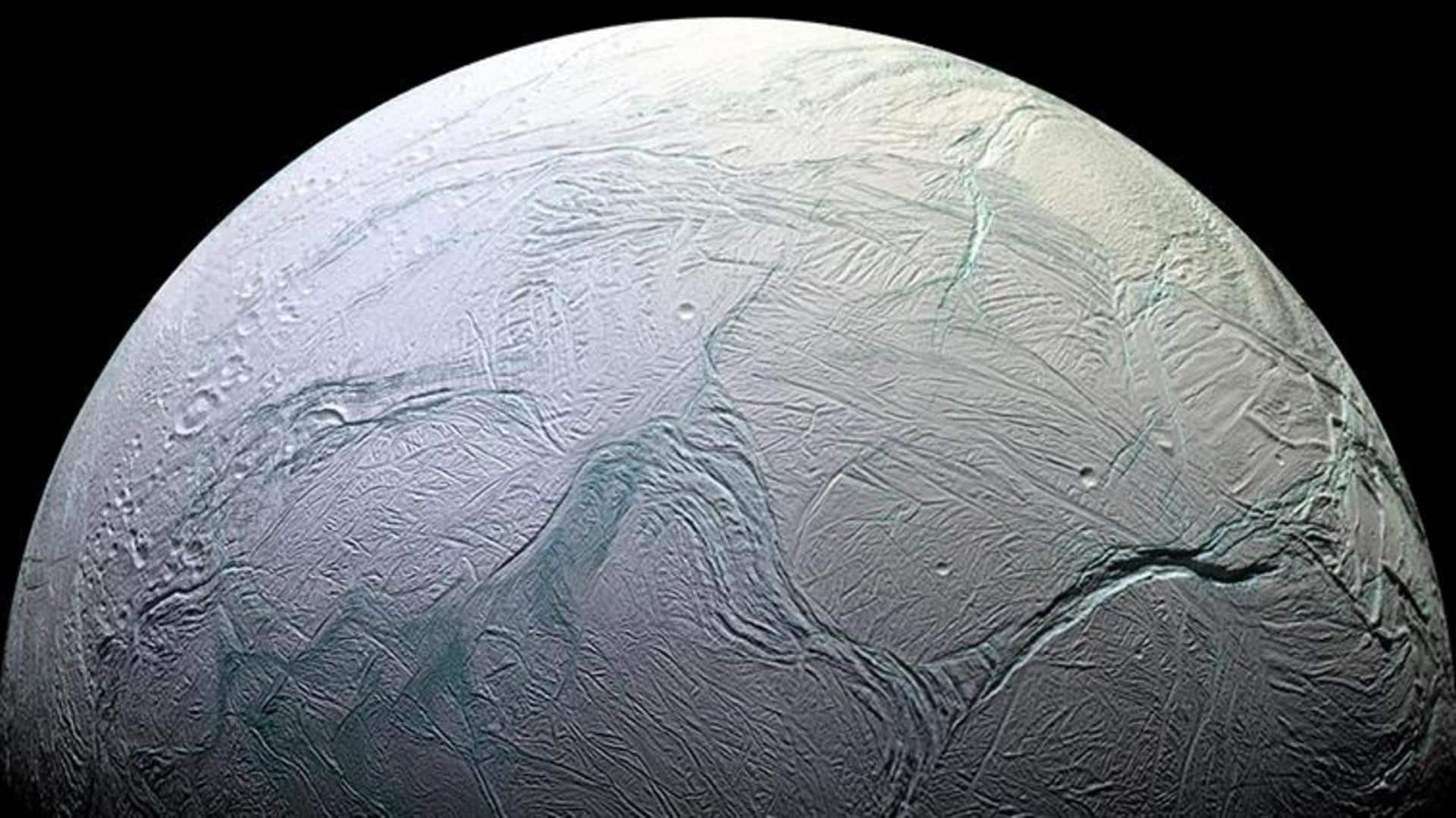Scientists discover potential for life on Saturn's moon Enceladus
What's the story
In the hunt for life beyond Earth, Saturn's moon Enceladus has proven to be one of the most promising candidates.
The fact that the moon harbors a large ocean beneath its icy crust has long since enthralled scientists.
Now, for the first time, phosphorus—which is one of the six crucial ingredients essential to life—has been detected in Enceladus's ocean.
Context
Why does this story matter?
Enceladus is known as "one of the most scientifically interesting destinations" in the solar system and rightly so.
Before this, scientists have found certain key ingredients essential to life in Enceladus's ocean including carbon, nitrogen, hydrogen, sulfur, and oxygen.
With the latest finding of phosphorous, Enceladus now contains all the life-supporting elements, serving as further evidence that the moon may be habitable.
Finding
Data from NASA's Cassini mission provided key information
For the study, scientists looked at data collected by NASA's Cassini mission, which was terminated in 2017.
Researchers found abundant amounts of phosphorous in the water geysers which are known to routinely erupt from Enceladus's south pole.
These water plumes blast at roughly 360 liters per second, fast enough to fill an Olympic-sized swimming pool in a couple of hours.
Information
Water geysers on Enceladus expel particles into space
The water geysers erupting from Enceladus also expel icy particles into space. This scattered material makes it possible for missions like Cassini to study the ocean's composition easily, without the spacecraft having to land on the moon's surface.
Findings
Phosphorous was detected directly from material expelled by Enceladus's geysers
Previous studies based on computer models have suggested that phosphorus may be present in Enceladus.
However, this is the first time that the key element has been spotted directly in material discharged from Enceladus's water geysers.
The study also estimates that the concentration of phosphorus on Enceladus is at least 500 times greater than the highest known concentrations in Earth's oceans.
Official words
'Phosphorous is an important habitability indicator'
"We didn't find life or even something that was created by life," said Frank Postberg, the lead author of the study from the Free University of Berlin, to Space.com.
"We have just found signs of something that indicates that life could form there pretty good. It is just a habitability indicator and a very good and important one."
Future
JWST may help researchers learn more about Enceladus
Scientists will have more opportunities to study Enceladus. The James Webb Space Telescope (JWST) may help researchers get more insights into the ocean-bearing moon and its composition.
There's also a proposed mission named "Enceladus Orbilander," headed by Johns Hopkins Applied Physics Laboratory. It is scheduled for 2050.
NASA is also planning to send the Dragonfly mission to Saturn's moon Titan in 2027.
